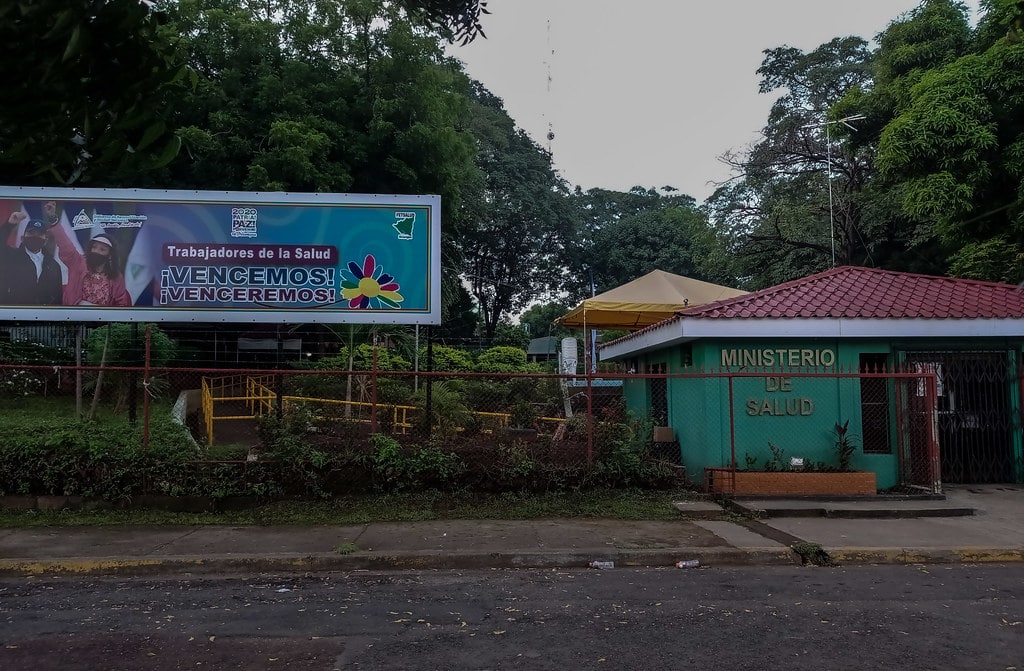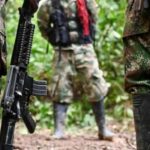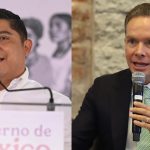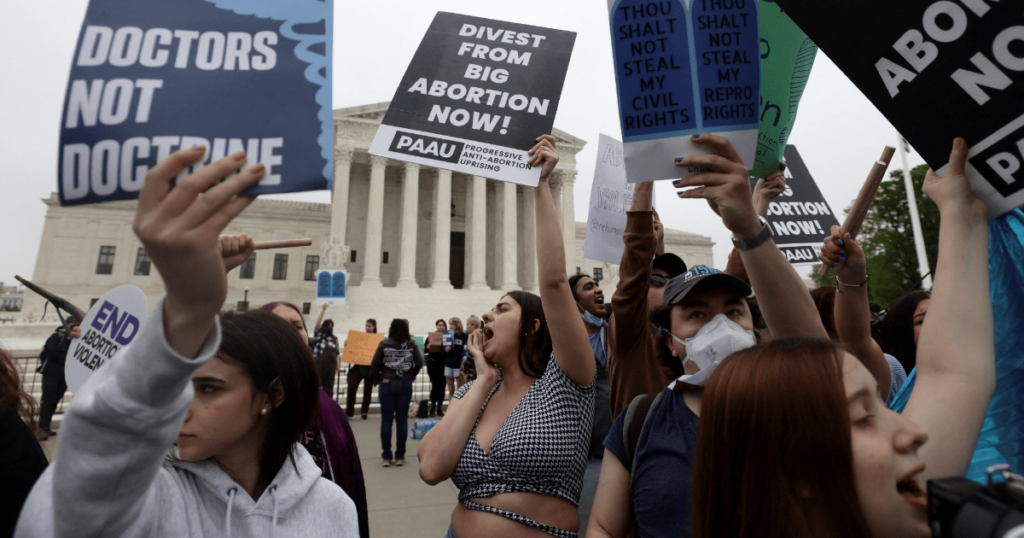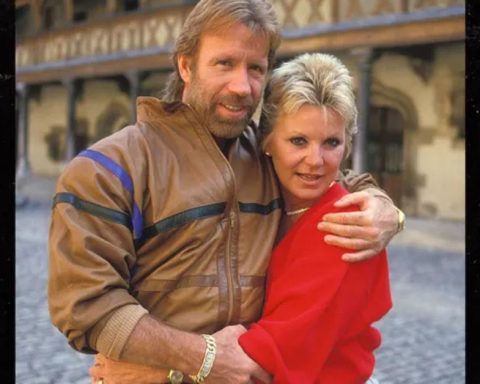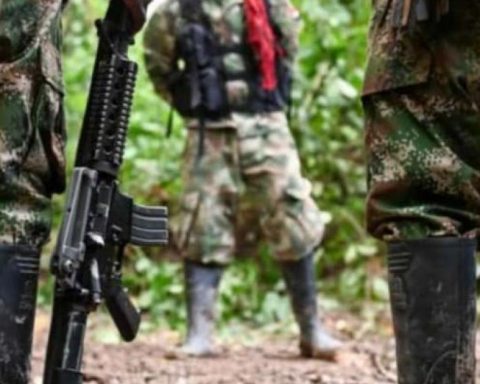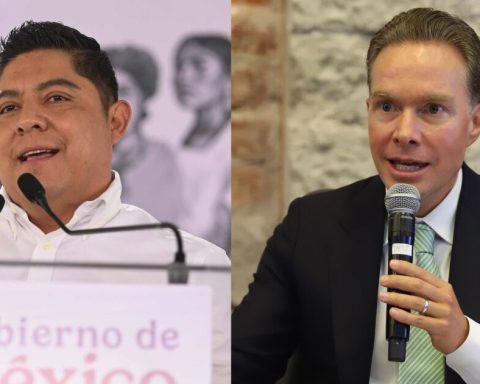The World Bank (WB) approved this Thursday, June 23, a loan of 116 million dollars destined for the care of covid-19 in Nicaragua. This is the second financing authorized by this multilateral organization to the Government of Daniel Ortega, after in 2020, it granted the disbursement of 20 million dollars, after establishing a series of agreements conditioned to the promotion of the transparency.
The new financing, which expands on the initial 2020 project, will be executed through the United Nations Office for Project Services (UNOPS)who also handled the previous financing as a condition, and according to the World Bank they will use “the World Bank’s fiduciary policies and guidelines will govern the use and flow of the bank’s funds to guarantee that they reach their objective of benefiting the Nicaraguan people.”
At the moment it is unknown if the World Bank established or renewed the transparency agreements that had been agreed for the previous disbursement or if there was an evaluation on whether they were fulfilled.
“We are proud to have been chosen as the executing agency for this operation and to be at the side of people in need in this global health emergency,” Nazario Esposito, UNOPS representative and director in Nicaragua, said in a bank press release.
Purchases of vaccines, protective equipment and medicines
The millionaire loan has three axes of work: one is to expand the response to covid-19 and vaccination days with the purchase of supplies, medical and laboratory equipment essential for the care of the pandemic in hospitals and health centers. Likewise, the cold chain will be expanded -which is used to store and distribute vaccines at the national level- and functionality will be improved in immunization days, hospital waste management and wastewater treatment.
The second component contemplates the purchase of vaccines and supplies through the Pan American Health Organization (PAHO) and the third includes the purchase of medicines and the acquisition and maintenance of medical equipment to improve health care for noncommunicable and communicable diseases. .
The loan was granted for a term of 30 years, has an execution period of until June 2025, has a grace period of five years and was financed by the International Development Association (IDA).
“We will work closely with Nicaragua and our United Nations partners to support the response to the covid-19 pandemic to save lives and promote economic recovery,” said Kinnon Scott of the World Bank in Nicaragua.
Previous loan was approved with transparency clauses
The previous loan was approved under a series of contractual clauses that obliged the Ministry of Health (Minsa) to implement information and community education campaigns on the prevention of covid-19, update the epidemiological situation rooms, generate periodic reports on the situation clinical and epidemiological of the virus; the use of resources and consumption of supplies related to the pandemic, maintain communication with other countries and organizations for joint actions to stop the epidemic, as well as permanent and active communication with the Pan American Health Organization (PAHO).
However, 18 months after this financing was approved, of which 19.1 million dollars were disbursed in June 2021, the Ortega regime has partially complied with these transparency agreements. A review of CONFIDENTIAL revealed that while the authorities make house-to-house visits, they broadcast radio and television campaigns on prevention against covid-19; From the Presidency and the mayor’s offices, crowds are promoted.
Likewise, the epidemiological situation rooms, where the behavior of endemic and epidemic diseases of each of the 19 Silais in the country are reported, have not been updated since May 2020. Details about the use of resources and needs that have been reported are also unknown. faced the health system for the care of the pandemic, despite hospital sources confirming to CONFIDENTIAL that during the second wave, which occurred between August and October 2021, they exceeded their hospital capacity.
Although the Minsa holds regular meetings with PAHO members, provides information on vaccination and infections, these figures are scarce and do not allow regional authorities to make any analysis of the epidemiological situation.
“As is public knowledge, PAHO has not been able to carry out an exhaustive assessment of the management of the pandemic, because the information we have received has been succinct and almost exclusively through the channels of the International Health Regulations,” said the official. Ciro Ugarte, director of PAHO Health Emergencies, in March 2022, when the second anniversary of the arrival of covid-19 in Nicaragua was celebrated.
In addition to the transparency agreements acquired with the World Bank, the Daniel Ortega regime also made commitments with the International Monetary Fund and the Inter-American Development Bank (IDB). With these he agreed to publish the official figures on infections by sex, age and place; deaths, lethality, PCR tests carried out and their results, expenses related to the pandemic, updating of rooms and epidemiological bulletins. Although some of this information was recently shared, it was not done with the level of detail and precision that was requested.
Opacity of the regime hides humanitarian tragedy
Ortega’s management in handling the pandemic has been characterized by a lack of transparency. The limitations in access to PCR tests to confirm or rule out the virus, the use of confusing terms such as “undetermined case” to not admit positive infections, the use of comorbidity to classify those who have died from covid-19 and the pressure on health personnel to hide the information.
While studies on mortality carried out by experts in Public Health, journalists and international analysts, including the World Health Organization (WHO), the Institute for Health Metrics and Evaluation (IHME) of the University of Washington, USA, Financial Times, The Economist, point out that covid-19 left between 12,000 and 31,000 deaths attributable to covid-19 between 2020 and 2021 in Nicaragua.
These excess mortality data reveal that in the Central American region, Nicaragua is the country with the greatest difference between reported deaths and those estimated due to excess mortality: 55 times more. Meanwhile, the Ministry of Health (Minsa) indicates that until June 23, 2022, an accumulated number of 19,427 infections and 242 deaths, one death per week since October 2020.
Despite this evidence based on the same official statistics, the Ortega government maintains the unreal number of deaths and has not once ruled on the matter, neither to deny nor confirm the fact. Although it has made an effort -in conjunction with the Minsa- to silence health personnel who speak publicly about the pandemic. “The Minsa is the only one that is authorized to talk about the pandemic,” they reminded a dozen health workers who were summoned by the Health Regulation Directorate and the Legal Counsel Directorate of this institution in June 2021.
Notorious deficiencies have also occurred in vaccination days. In 2021, the Ortega government did not guarantee the purchase of vaccines as the rest of the countries in the region did, this caused the population to face the second wave of covid-19 -which was greater than the first that occurred between May and July 2020- no protection. It was not until the last quarter that the country began to stock up on vaccines with the arrival of donations and direct purchases made from commercial partners: Russia, Cuba and a final purchase made through PAHO.
In 2022, when it was finally possible to expand vaccination, irregularities have been reported because the Minsa would be inflating the statistics to PAHO by counting as first and second doses, boosters and vaccines applied in the “2022 vaccination schedule”, which Ortega authorized without showing medical support to support this decision. Likewise, an analysis of CONFIDENCIAL data revealed that the populations with the least access to vaccines are those of the Caribbean, the poorest and most vulnerable.
Loan used to repair hospitals damaged by hurricanes
Although there is no official breakdown of the 20 million dollar loan from the World Bank, a Bank spokesperson declared last December to the Public File media outlet that the funds had been spent on the purchase of medical supplies for 19 hospitals affected by the pandemic and by Hurricanes Eta and Iota.
“The purchase includes personal protective equipment for medical professionals and health workers, medicines to respond to patients with covid-19, disposable material for medical use, both for direct patient care and for laboratories, laboratory supplies, hospital clothing. , critically needed medical equipment for intensive care and intermediate care units with covid-19, and supplies for hospital waste management,” he detailed.
The Bank representative also explained that “under this loan, strict fiduciary requirements are applied to ensure that all resources are used for the benefit of the people of Nicaragua.”
On June 4, the newspaper La Prensa also published a report on purchases related to the loan, in which it detailed that the Ministry of Health opened a process to acquire four equipped boats, as part of Project 22842-001, Response to Covid- 19 in Nicaragua. It is unknown why until a year after the disbursement this purchase will be made.
